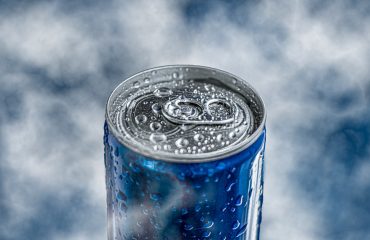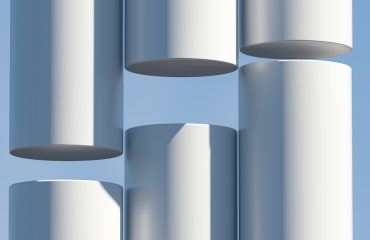body { font-family: sans-serif; line-height: 1.6; }
h1, h2, h3 { color: #333; }
img { max-width: 100%; height: auto; }
Wind turbines, the silent giants of renewable energy, rely on intricate engineering to harness the power of the wind. While the blades themselves are crucial for energy generation, their robust support system is equally vital. This system, responsible for withstanding immense forces and ensuring the smooth operation of the turbine, is a complex interplay of design, materials, and maintenance. This post delves into the fascinating world of wind turbine blade support systems, exploring their intricacies and future advancements.
The Critical Role of Blade Pitch Systems
The blade pitch system is arguably the most crucial component of the blade support system. It allows for the adjustment of the angle of the blades relative to the incoming wind. This adjustment is vital for optimizing energy capture and protecting the turbine during high-wind conditions. By changing the pitch angle, operators can maximize energy output at optimal wind speeds and prevent damage during storms. The system typically uses hydraulic or electric actuators to precisely control the pitch of each blade individually. The actuators are connected to the blade via a complex system of bearings, shafts, and linkages, all designed to withstand significant stress and fatigue.
Understanding the Importance of Blade Root Connections
The connection between the blade and the hub is another critical aspect of the support system. This root connection must withstand enormous loads, both cyclic (due to the rotating motion) and static (due to wind pressure). The design of this connection varies depending on the size and type of turbine. Larger turbines often employ sophisticated bolted connections with multiple redundant fasteners to ensure reliability. High-strength materials, such as steel alloys and composites, are used to minimize weight while maintaining structural integrity. Regular inspection and maintenance of these connections are essential to prevent catastrophic failures.
The Materials Science Behind Durable Support Structures
The materials used in wind turbine blade support systems are carefully selected to withstand extreme conditions. Steel remains a prevalent choice due to its strength and relatively low cost. However, the trend is shifting towards lighter and stronger composite materials, such as carbon fiber reinforced polymers (CFRP) and glass fiber reinforced polymers (GFRP). These composites offer significant advantages in terms of weight reduction, which translates to lower manufacturing costs and increased efficiency. Moreover, composites exhibit excellent fatigue resistance, crucial for withstanding the continuous cyclic loading experienced by the blades. Ongoing research focuses on developing even more advanced materials with enhanced durability and resistance to environmental degradation.
Maintenance and Inspection Strategies for Optimal Performance
Regular maintenance and inspection of the blade support system are paramount for ensuring the safety and longevity of the wind turbine. This involves visual inspections, ultrasonic testing, and other non-destructive testing methods to detect any signs of damage or wear. Regular lubrication of bearings and other moving parts is also essential to prevent premature failure. Advanced monitoring systems, employing sensors to track vibration, temperature, and other key parameters, are increasingly being incorporated to provide early warning of potential problems. Predictive maintenance strategies, based on data analysis from these monitoring systems, are becoming increasingly common, allowing for proactive repairs and minimizing downtime.
Future Innovations in Wind Turbine Blade Support Technology
The field of wind turbine blade support systems is constantly evolving. Research is focused on developing more efficient, reliable, and cost-effective solutions. This includes exploring new materials with enhanced properties, developing advanced control systems for improved energy capture and protection, and implementing innovative designs to reduce weight and increase lifespan. The integration of artificial intelligence (AI) and machine learning (ML) into monitoring and maintenance strategies is also a promising area. AI-powered systems can analyze vast amounts of data from sensors to predict potential failures with greater accuracy, leading to more efficient maintenance scheduling and reduced downtime. Furthermore, advancements in 3D printing technology offer the potential for creating customized and highly optimized support structures with complex geometries.
In conclusion, the seemingly simple act of supporting a wind turbine blade is a complex engineering challenge. The ongoing development and refinement of blade support systems are crucial for the continued growth and success of the wind energy industry. As technology advances, we can expect even more robust, efficient, and sustainable solutions to emerge, ensuring the reliable and cost-effective generation of clean energy for years to come.
SEO Tags:
wind turbine blades, blade pitch system, wind turbine maintenance, composite materials wind turbines, wind turbine support structures




